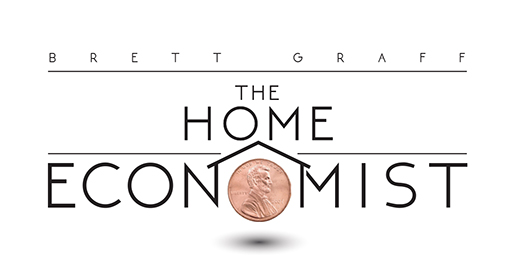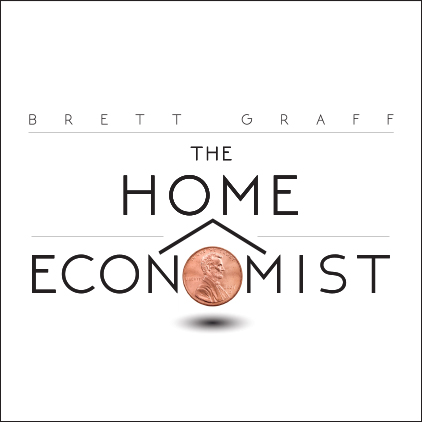This week’s we have a potentially market moving report coming out on Friday.
Turn on any television this Friday at around 8:30 a.m. east coast time and you’ll hear reporters excitedly revealing the results of a jobs report that had just been released. They’ll be speaking breathlessly and using the kind of wild hand gestures the rest of us reserve for, say, telling our husbands we’ve just won the $250 million lottery and will never be defrosting dinner again. (That’s the chef’s problem now….)
So yes, these reporters are excited for one reason: the stock market may be shooting up or plummeting as they speak. And it’s all depending on whether the numbers are higher or lower than a month ago. Easy stuff to bring to your investment club or to a party if you plan to talk about the economy and let’s face it, who doesn’t?
So the first number they’ll announce is the unemployment rate. That’s the percent of people who are looking for a job but can’t find one. (Stay-home moms are not unemployed but rather what economists call “out of the labor market,” despite the likelihood of having arrived there thanks to some very painful, drug-assisted labors.) The labor market, rather, is everyone working and or job-hunting.
Of that group, today 7.8 percent are unemployed. If the number rises on Friday, then the stock market could – remember, that’s could – fall. (Please read our disclaimer at the page bottom.)
Why would the market fall? Because, stock traders might very well say, with more people out of work and job-hunting, fewer people will be buying stuff – particularly from companies people buy stock in – and that will slow the economy. So, as in the past when many sold stock thanks to a poor jobs report, stocks could decline.
On the other hand, if the unemployment rate falls, the opposite would happen. Investors could decide more people are working and so the economy must be healthy. More faith in the U.S. economy is often followed by more money in the U.S. economy. People might just buy U.S. stocks and those values would rise.
The second most popular number sounds like a snoozer because it’s called “non-farm payroll employment” (hey, wake up over there) but it really just tells you how many new jobs were added to the economy. For the same reason that fewer people out of work make the stock market rise, more jobs in the economy has the same effect. When the economy adds jobs at a slower rate – less than the past few months – the stock markets sometimes get cranky and fall. In last month’s report, there were 155,000 jobs added.
Want to read now about the debt ceiling?
Please remember, The Home Economist doesn’t give investment advice or make stock market predictions. We just tell you what economic theory dictates based on both history and our college professors. It frequently happens that the stock market reacts contrary to economic theory.




Leave A Comment